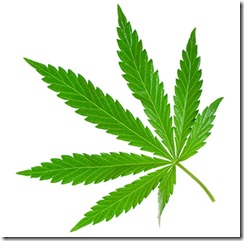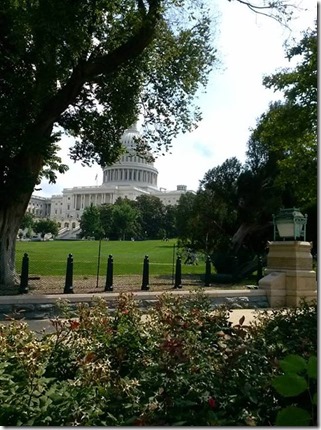
INDIANAPOLIS, IN — Allowing farmers to grow hemp in Indiana could help boost the economy and dispel myths about a crop that can be used to make everything from paper to car parts, supporters told lawmakers Friday.
The testimony helped convince the Senate’s agriculture committee to unanimously approve a bill, Senate Bill 357, that would enable farmers to legally grow industrial hemp, but only if they or the state gets federal approval. Hemp is marijuana’s non-intoxicating cousin but it cannot be grown under federal law, though many products made from hemp, such as oils and clothing, are legal.
The bill’s sponsor, Sen. Richard Young (D-Milltown), said hemp fields flourished in Indiana before and during World War II, but petrochemical industries and other industries later lobbied against hemp — which can also be used to make fuel — to cut competition.
“This is a plant that has been used for centuries throughout the world and has tremendous potential,” Young said.
But lingering stereotypes have haunted efforts to legalize the crop ever since, said Neal Smith, chairman of Indiana National Organization for the Reform of Marijuana Laws.
Kentucky passed similar legislation last year, and eight other states have done the same, according to the National Conference of State Legislatures.
The 1970 Controlled Substances Act requires hemp growers to get a permit from the Drug Enforcement Administration. The last permit was issued in 1999 – and expired in 2003 – for an experimental plot in Hawaii. U.S. Sens. Rand Paul and Mitch McConnell of Kentucky are co-sponsoring legislation that would federally legalize industrial hemp farming.
The economic benefits remain unclear, however, and whether Indiana would receive a permit is uncertain.
Still, Indiana farmers said waiting on state legislation would be a disadvantage.
“I wish Kentucky wouldn’t always be in front of us,” Indiana Farmers Union member Pam Patrick told the committee. “When I see industrial hemp, I see money.”
University of Kentucky research from last year suggested Kentucky could support about 80,000 acres of hemp that would bring in between $200 and $300 per acre, although increasing supplies could cut that to about $100 per acre. The research shows the current national market for the crop is small, and likely could only support a few dozen jobs in Kentucky.
Also in speaking in favor of the Indiana legislation were two mothers of children with Dravet syndrome, a rare childhood disease that causes frequent seizures. Cannabidiol, a chemical in hemp, is sometimes used to stop the seizures.
Brandy Barrett broke down in tears while telling lawmakers how her 7-year-old son can’t visit the zoo because overstimulation can trigger seizures.
“Help me and help all the state of Indiana be a voice for these children,” Barrett said. “Support this bill.”
No one spoke against the bill, which now moves to the full Senate.
Over thirty countries produce industrial hemp, including Australia, Austria, Canada, Chile, China, Denmark, Egypt, Finland, France, Germany, Great Britain, Hungary, India, Italy, Japan, Korea, Netherlands, New Zealand, Poland, Portugal, Romania, Russia, Slovenia, Spain, Sweden, Switzerland, Thailand, Turkey and Ukraine.
The United States is the only developed nation that fails to cultivate industrial hemp as an economic crop, according to the Congressional Resource Service.
The world’s leader in hemp production is China.
Controlled Substances Act , hemp , hemp cultivation , hemp farming , IN SB 357 , Indiana , Indiana hemp , industrial hemp , Richard D. Young , Senate Agriculture and Natural Resources Committee
CONTINUE READING…






